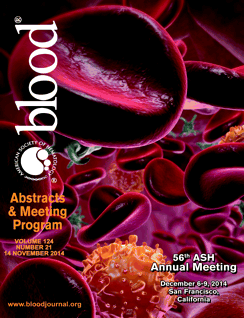Abstract
Introduction
Acquired factor V (FV) deficiency is repeatedly mentioned to be a major driver of trauma induced coagulopathy. Viscoelastic point-of-care tests such as ROTEM® seem to be advantageous in detection and guidance of trauma related bleeding management. Physiologic effect of FV can be characterized by an increase in thrombin building, which can be detected by ROTEM® clotting time (CT). However, the impact of varying levels of factor V activity in otherwise normal plasma on ROTEM® CT is not yet published. The aim of this in vitro investigation is to assess if mild to moderate factor V deficiency can be detected by ROTEM® CT.
Methods
Factor V deficient plasma (Code 0020011500; Instrumentation Laboratories, Bedford, MA, USA) and normal human plasma (pooled, FV content 96%) was mixed to generate plasma with 0, 10, 16, 25, 50 and 100% FV content. The FV deficient plasma is rendered FV deficient by immunologic means and has FV activity of ≤1%.
ROTEM® (TEM International GmbH, Munich, Germany) measurements were performed in each plasma dilution to assess impact of different levels of FV on thrombin generation. Measurements were repeated in triplicate. Clotting time (CT) was plotted against FV activity. Data is depicted as mean +/- SD.
Results
ROTEM® measurements showed a prolongation of clotting time with decreasing FV activity. A decrease of factor V activity from 100% to approximately 25% was accompanied by a slight change in CT from 50 sec to approximately 65 sec. If factor V activity drops significantly to less than 10%, a much more pronounced prolongation in CT of more 140 sec was observed.
Discussion
Most publications dealing with acquired factor V deficiency following trauma related bleeding reference a prospective study demonstrating that factor V becomes critically low in about 20% of all cases. Those levels of below 30% factor activity were linked to an increase in TEG® r time, which is comparable to the ROTEM® CT, similar to the results in our study.
Notably, a case control study demonstrated that factor V remained fairly stable (77% ± 29%) in trauma patients with no decrease in thrombin generation. Likewise, another case control study in trauma patients demonstrated that EXTEM CT remained within reference range (median 64 sec (IQR 55,75 sec)).
Conclusion
Moderate to severe factor V deficiency can be detected by prolongation of ROTEM® CT in platelet poor plasma (PPP). Further studies will help to determine if platelets added to PPP may further decrease ROTEM® CT, as approximately 20% of the entire FV pool is stored in platelet α-granules in a partially activated form. In addition, the occurrence and the potential clinical impact of factor V deficiency in trauma related bleeding management needs to be further investigated.
Haas:CSL Behring: Honoraria; Octapharma: Honoraria; TEM International: Honoraria.
Author notes
Asterisk with author names denotes non-ASH members.

